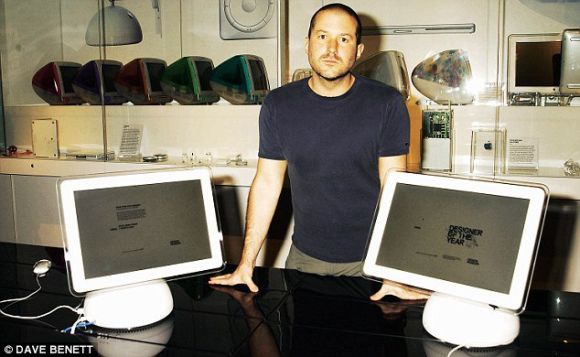The name Ming Chi Kuo is often affiliated with spot-on foresights of how the Cupertino-based company will set plans well into the future. Building a long list of prophetic calls over his time at KGI Securities, he is a force to be reckoned with – the Nostradamus of Apple, minus the ambiguity. Apparently, when concerning the likeliness of iPhones carrying AMOLED screens, he’s calling it a bluff, at least until 2019 comes around.
Casually shooting down speculation that the manufacturer would tie up with their (competitor) Samsung (yet again), for AMOLED screens; he says that they’ll stick to LCDs for the time being. Basing his analysis on Foxconn’s recent deal to build LTPS TFT-LCDs in Zhengzhou and a company’s insights that LCDs will still be around for 3 years at minimum, it seems like a bad idea for Apple to forgo such investments.

It’ll be clearly nonsensical to pursue OLEDs, if Apple’s deal means that Foxconn were to partner to the government of Henan for the aforementioned project. Kuo’s reputation exceeds his name but if the company were to consider OLEDs, they’d see a great improvement in battery life, while they’ve mediated that issue quite well with how efficient iOS runs; while still having lower capacity batteries compared to their competitors.
There’s a chance that you would’ve noticed AMOLEDs on their other product, the Apple Watch. Talking about OLEDs and its ability to deliver deeper “true”black pixels, the Chief Design Officer, Jony Ive discussed that in its current state, iPhone’s screen technology is an old-tune. It must mean something, if the guy designing all the products in your company were to say that, so maybe, just maybe, Apple might budge, given the right factors.

Here’s the transcript of Jonathan’s conversation in the interview:
He picked up his iPhone 6 and pressed the home button. “The whole of the display comes on,” he said. “That, to me, feels very, very old.” (The iPhone 6 reached stores two weeks later.) He went on to explain that an Apple Watch uses a new display technology whose blacks are blacker than those in an iPhone’s L.E.D. display. This makes it easier to mask the point where, beneath a glass surface, a display ends and its frame begins. An Apple Watch jellyfish swims in deep space, and becomes, Ive said, as much an attribute of the watch as an image. On a current iPhone screen, a jellyfish would be pinned against dark gray, and framed in black, and, Ive said, have “much less magic.”
You can explore the whole LCD/LED vs OLED issue here. Do let us know what you’d think of the OLED prospect and if you have any predictions for future Apple products in the comments below.







